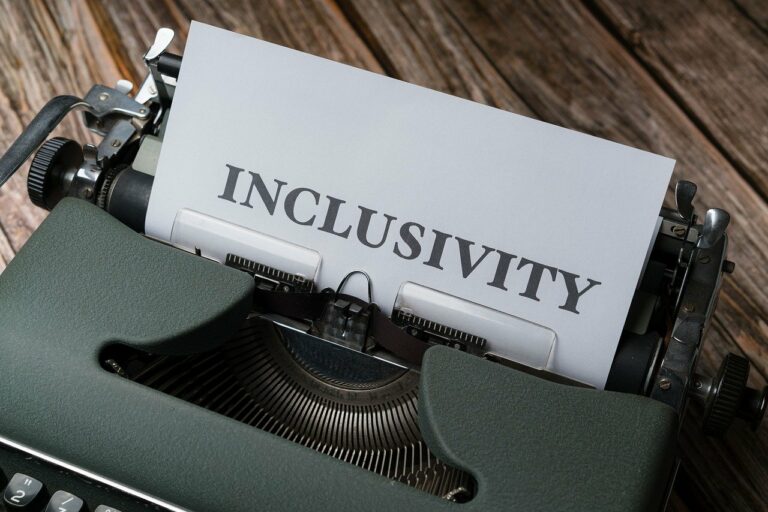Addressing Learning Disabilities in Schools
Learning disabilities can present themselves in various ways, impacting a student’s ability to acquire, process, retain, or express information. Some common signs of learning disabilities include struggles with reading, writing, math, organization, and time management. Students with learning disabilities may also exhibit difficulties with focusing, following directions, and remembering information presented orally.
It is essential for educators and parents to be observant of these red flags and to address any concerns early on. Conducting thorough assessments and evaluations can help identify specific learning disabilities and tailor interventions accordingly. By recognizing the unique challenges faced by students with learning disabilities, educators can provide the necessary support and accommodations to optimize their academic success.
Understanding the Impact of Learning Disabilities on Academic Performance
Learning disabilities can significantly impact a student’s academic performance. These disabilities can manifest in various ways, such as difficulties with reading, writing, math, or processing information. Students with learning disabilities may struggle to keep up with their peers in terms of completing assignments, understanding concepts, and taking tests. As a result, they may experience frustration, low self-esteem, and a lack of confidence in their abilities.
Furthermore, the impact of learning disabilities on academic performance can extend beyond the classroom. Students may face challenges in time management, organization, and study skills, which can further hinder their academic success. It is essential for educators and parents to recognize the signs of learning disabilities early on and provide the necessary support and accommodations to help these students thrive in their academic endeavors.
Implementing Individualized Education Plans for Students with Learning Disabilities
When implementing individualized education plans (IEPs) for students with learning disabilities, it is crucial to involve a multidisciplinary team consisting of educators, parents, and specialists. This collaborative approach ensures that the IEP is comprehensive and tailored to the specific needs of the student. Each team member brings valuable insights and expertise that contribute to the development of effective strategies to support the student’s learning and growth.
Furthermore, regular monitoring and evaluation of the IEP are essential to track the student’s progress and make necessary adjustments. Ongoing communication among all team members is key to ensure that the student is receiving the appropriate support and accommodations. By actively engaging in the implementation of the IEP and fostering a supportive environment, educators can help students with learning disabilities reach their full potential academically and beyond.





